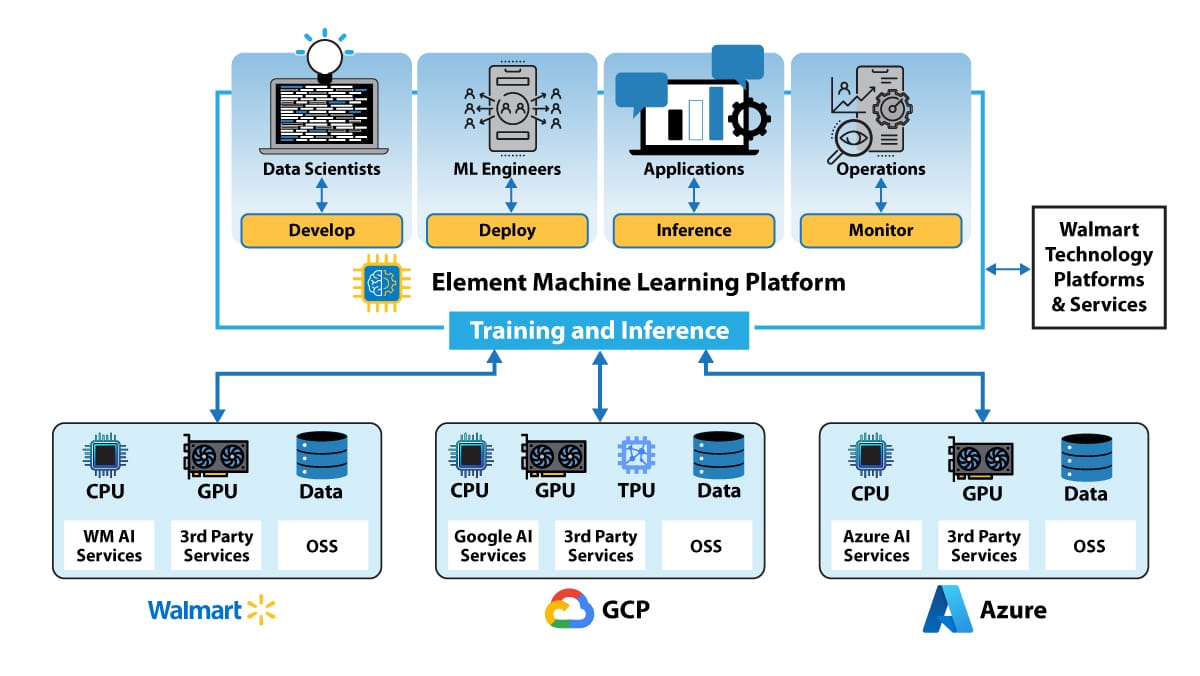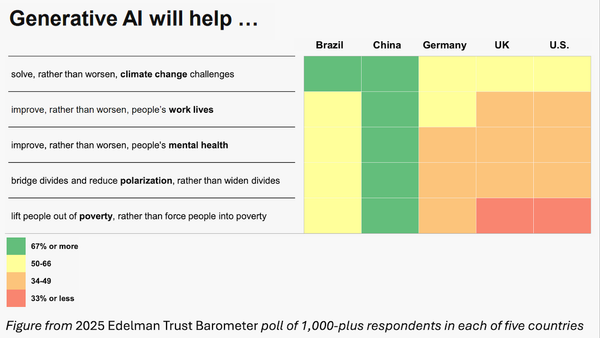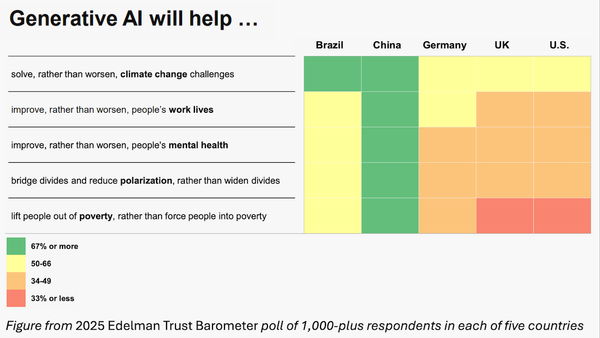Inside Walmart’s AI App Factory: Walmart’s Element platform for industrial-scale AI app development — a progress report
The world’s biggest retailer by revenue revealed new details about its cloud- and model-agnostic AI application development platform.

The world’s biggest retailer by revenue revealed new details about its cloud- and model-agnostic AI application development platform.
What’s new: Walmart Element is a wellspring of apps, built and managed internally, that serve retail store personnel. Company executives described the system’s philosophy, architecture, and current generation of applications to VentureBeat.
How it works: Element enables an assembly-line approach to application development, in contrast to developing each app as a separate project.
- The system provides Walmart’s development team with access to data, tools, and resources to build and deploy AI applications quickly without forcing them to choose among or locking them into vendors, technologies, or costs. It unifies data feeds, helps select open models automatically according to performance and cost, and supports deployment of production-ready applications to a variety of cloud platforms.
- The technology stack starts with containerized processing power, databases, and object storage supplied by Google Cloud Platform, Microsoft Azure, or Walmart’s own data centers. Above that, a layer of the stack manages resources, attributes costs, and manages users. A data lake and other data sources fuels model development via GPU-powered notebooks. Additional layers handle evals, deployment, and monitoring for bias and explainability.
- Walmart outlined several applications that demonstrate how it has used the platform so far. Among them: (i) A shift-planning app enables employees to request shifts or time off and clock in and out, while managers can track schedules and forecast staffing needs based on anticipated sales. (ii) An application called VizPick uses augmented reality and radio-frequency identification to help store workers find popular items in the back room and move them to the sales floor, prioritizing items that have been in storage longer. (iii) Real-time language translation among 44 languages helps store personnel communicate with customers and one another while handling Walmart-specific brand names and other terminology appropriately.
Behind the news: Walmart launched Element in 2022, emphasizing its vision of simplifying adoption of AI throughout the company. Early reports outlined the needs to centralize access to data, maintain independence with respect to cloud platforms, take advantage of technology as it evolved, and support the ability to scale up. They also specified the system’s priorities: best-of-breed technology, speed and scale, cost efficiency, and governance.
Why it matters: Walmart — not a tech company but a brick-and-mortar retailer — recognized early both the benefits that AI could bring and the challenges of making it practical and productive. Rather than relying on external vendors, it built an development platform that remains in gear three years later. The system aggregates data generated by 240 million customers and 2 million store personnel, feeding applications that streamline operations among 100,000 suppliers, 150 distributors, and 10,000 retail venues in 19 countries.
We’re thinking: Walmart is a giant, and few other companies have the means (or need) to operate at this scale. Nonetheless, even companies an order of magnitude smaller by revenue might benefit from a similarly DIY approach to AI application development.




